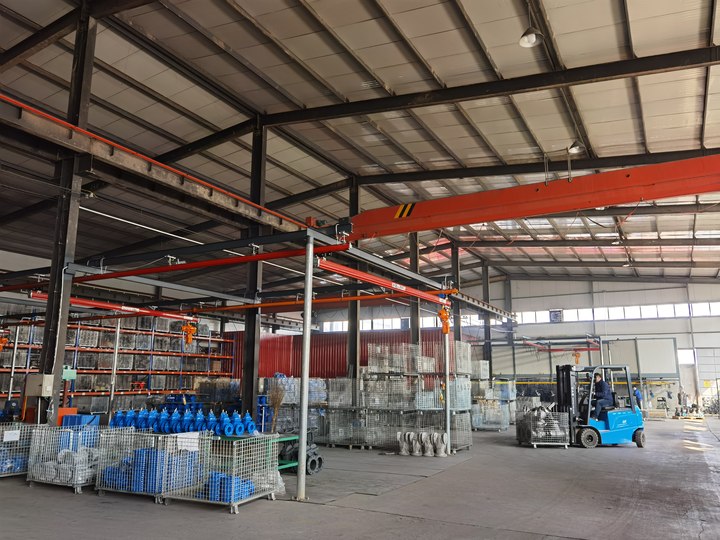flow control valve types
Understanding Flow Control Valve Types
Flow control valves are essential components in many fluid power and hydraulic systems. They regulate the flow rate of liquids and gases, enabling precise control over processes in various industrial applications. With numerous designs and functionalities, flow control valves can be categorized into several key types. This article explores the main types of flow control valves, their applications, and how they operate.
1. Needle Valves
Needle valves are designed for fine flow control, often used in applications where a precise adjustment is necessary. The valve features a long, tapered needle that can be threaded into a seat, allowing the operator to control the flow rate with great accuracy. They are commonly found in fuel lines, hydraulic systems, and laboratory equipment. Needle valves are favored for their ability to make subtle adjustments, translating into enhanced system performance.
2. Ball Valves
Ball valves utilize a spherical disc (the ball) to control flow. When the ball is rotated, it either blocks or allows the passage of fluid, providing a quick shut-off mechanism. Ball valves are known for their durability and reliability, making them ideal for applications involving high pressure and temperature. They are widely used in water supply systems, gas distribution, and chemical processing industries due to their excellent sealing properties and ease of operation.
3. Gate Valves
Gate valves are primarily used for on/off control of flow. They consist of a gate that slides between two seats, allowing for a full opening or complete closure. This design minimizes pressure drop when fully open, making gate valves suitable for pipelines and water systems where fluid flow needs to be stopped or started. However, they are not ideal for applications requiring frequent adjustments, as partially opened gate valves can lead to turbulence and wear.
flow control valve types

4. Globe Valves
Globe valves offer good throttling capabilities and are often used for flow regulation. Their internal structure features a movable disk that can block the flow or adjust the opening size, providing an efficient means of controlling fluid flow. Globe valves are widely used in heating systems, water supply networks, and various industrial applications due to their reliable performance in modulating flow.
5. Check Valves
Check valves are designed to prevent backflow in piping systems. They allow fluid to flow in only one direction and automatically close when the flow reverses. This characteristic makes check valves crucial in applications like sewage treatment, water distribution, and any system where back pressure could cause damage or contamination. Common types include swing check valves and lift check valves, each suited for specific operational conditions.
6. Flow Control Valves (FCVs)
Flow control valves (also known as FCVs) are designed explicitly to manage the flow rate in a system automatically. They maintain a desired flow rate by adjusting the valve position based on feedback from flow sensors. These valves are essential in process control applications where the flow of liquids must be maintained at a constant rate, even as system conditions change.
Conclusion
Understanding the different types of flow control valves is crucial for selecting the right component for specific applications. Each type serves unique purposes and offers various advantages depending on the requirements of the system in which they are used. By carefully considering factors such as flow rate, pressure, and operational conditions, engineers and technicians can ensure optimal performance and reliability in their fluid handling systems. Whether it's a needle valve for precision control or a ball valve for robust on/off functionality, the right flow control valve can make all the difference in maintaining efficient and effective operations.
-
The Key to Fluid Control: Exploring the Advantages of Ball Valves in Industrial SystemsNewsJul.09,2025
-
The Versatile World of 1, 2, and 3 Piece Ball ValvesNewsJul.09,2025
-
Stainless Steel Ball Valves: The Ideal Choice for Efficient Flow ControlNewsJul.09,2025
-
Optimizing Fluid Control with Ball Float ValvesNewsJul.09,2025
-
Manual Gate Valves: Essential for Control and EfficiencyNewsJul.09,2025
-
Everything You Need to Know About Butterfly ValvesNewsJul.09,2025
-
The Versatility of Wafer Type Butterfly ValvesNewsJul.08,2025




